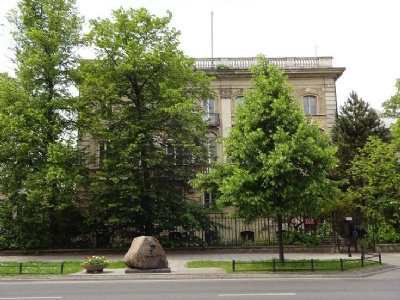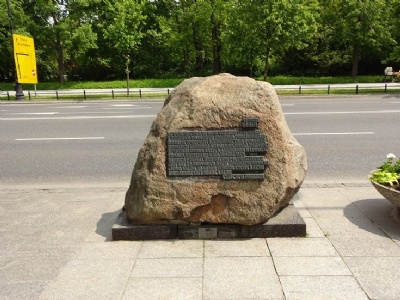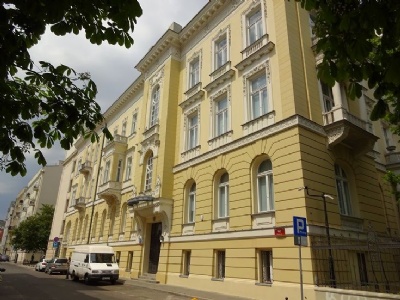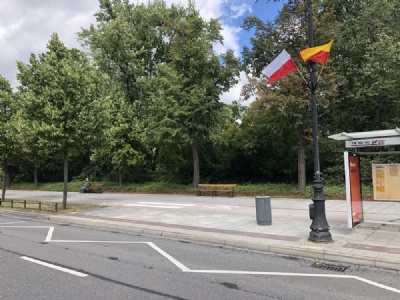Leszczynski Palace
In September, 1943, SS Chief Heinrich Himmler, appointed Major General Franz Kutschera, SS and Police chief in Warsaw. Previously, he had held a similar post in Belarus where his main task was to fight partisans. This meant that all civilians deemed a threat or a future threat to German occupation could be murdered. In Warsaw, he immediately engaged in the same activities and by doing so he also became a pime target for the Polish resistance movement that issued a death sentence on him. On February 1, 1944, Kutschera left his residence by car to travel the short distance to his headquarters. The headquarters were located in Leszczynski Palast and were just a block away from Kutschera’s residence. As Kutschera’s car approached headquarters, three attackers rushed forward and opened fire, killing Kutschera. A short firefight broke out in which four attackers and two Germans died. The Germans’ response to the attack did not wait, already the next day 300 Polish civilians were executed. Kutschera was taken by train back to Berlin where he received a state funeral.
At the same place, though on the other side of the street, barely four years earlier, October 5, 1939, Hitler stood on a tribune together with several high military commanders and witnessed a military parade after the victory over Poland. This day Hitler made a visit to Warsaw and one stop was this military parade that lasted for about two hours before Hitler and his entourage went on. The fact that the parade was carried out on what was called the Avenues of the Kings was no coincidence. Here the Polish kings had throughout history traveled to their stately residences in the south of Warsaw. Hitler had always had an aversion for monarchies and royalties. This was Hitler’s way of saying that monarchies were now relegated to history and no longer a power factor.
Current status: Preserved with monument (2017).
Address: 23 Aleje Ujazdowskie, 00-461 Warszawa.
Get there: Tram.
Follow up in books: Höhne, Heinz: The Order of the Death’s Head: The story of Hitler’s SS (1969).




Kutschera was in a sense a coming man within the SS and the fact that he was sent to Warsaw suggests that Himmler had confidence in him. Kutschera was not the only high Nazi on the death list of the Polish resistance movement. Ludvig Fischer, Governor of Warsaw from 1939 to 1944, was attacked in 1944 but survived.